Vitamin C is essential for the body and is the most abundant antioxidant in our skin. Through both oral and dermal routes, getting this antioxidant into your body on a daily basis is a vital part of a foundational self-care routine. If you aren’t familiar with the significance of Vitamin C for the skin, first read our in-depth introduction to Vitamin C here.
In line with our brand mission, we believe that Vitamin C is one certain way to enhance skin radiance, aka: ‘ to brighten’. We created C Bright Complex (CBC) to diversify the types of clinically proven Vitamin C we use each day to amplify the bounty of benefits it offers for the skin. When we started the ideation process for C Complex Serum, we knew we wanted to take on the challenge of working with clinically proven L-Ascorbic acid (LAA). Oh and...we wanted not just one type of LAA, but two! CBC uses both LAA and an incredible LAA derivative, Ethyl-L-Ascorbic Acid.
Why L-Ascorbic Acid?
LAA is the most efficient type of Vitamin C. We know this because LAA is the most studied form of Vitamin C and the benefits are well documented in clinical research, including but not limited to:
- preventative action against oxidative stress
- protective action against UV induced skin damage
- ability to stimulate and increase collagen synthesis, stabilize collagen fibers, and decrease collagen degradation
- strengthening the extracellular matrix
- decrease melanin formation (and thereby reducing hyperpigmentation like dark spots over time)
- improve overall texture and tone of the skin surface
The downside of LAA? It’s a notoriously difficult ingredient due to issues with oxidation, absorption, and pH. Our formulation approach has never been so challenged as it has with the development of this product. But once again, our core formulation philosophy won the day when the solutions to working with LAA presented themselves through ingredient synergy!
When combined, certain ingredients work to stabilize and amplify the effects of LAA, even helping to offset skin sensitivity issues related to the lower product pH that LAA requires for stabilization. In fact, these ingredients work better together than the individual substances alone. As a result, we chose the name “Complex” to reflect the intricacy and efficacy of ingredient synergy within this formula.
Why Ethyl- L-Ascorbic Acid?
Given the traditional difficulties of working with pure LAA outlined above, 3-O-Ethyl- L-Ascorbic Acid (ELAA) was developed to be an enhanced derivative that offers all the benefits of LAA minus its stability challenges. ELAA is an l-ascorbic acid derivative with an ethyl group at the third carbon position. This structural modification protects the molecule from oxidation but also results in changes in the physicochemical properties. These changes mean that ELAA is:
- non-irritating and gentle
- offering all the benefits of LAA (listed above)
- both water and oil-soluble - Woah!
- is more effective and efficient at getting absorbed into the skin
- stable as a singular vitamin C ingredient (meaning it doesn’t need to be stabilized with other ingredients)
Due to it’s stability and rapid penetration into the skin, ELAA is the larger concentration of Vitamin C in this formula, found in our first complex.
What are the two Vitamin C Complexes? Here’s a simplified benefit breakdown:
Vitamin C Complex One
- Ingredients: 3-O-Ethyl-L-Ascorbic Acid + Ferulic Acid + Vitamin E
- Vitamin E is a network antioxidant that supports the potency of LAA by ‘recycling’ it, aka: donating electrons to re-stabilize the molecule. Vitamin E also enhances penetration into the skin.
- Ferulic Acid stabilizes LAA in combination with Vitamin E and doubles the photoprotection of the complex against oxidative aggressors like UV rays and environmental pollutants
- Each of these antioxidants alone provides some protection action, but this ingredient complex together synergizes to create optimal photoprotection - of course, with the additional use of a broad-spectrum sunscreen!
Vitamin C Complex Two
Ingredients: Ascorbic Acid + Colloidal Gold+ Glutathione
Supporting the efficacy of the two complexes is a balancing and brightening phytonutrient blend of:
- Azelaic Acid: Potent anti-inflammatory properties. Very effective in reducing the appearance of blemishes and reactive skin conditions. Supports the renewal of skin surface by clarifying and soothing.
- Licorice Root Extract: Potent anti-inflammatory and antioxidant properties. Helps to brighten and tone skin, along with fading the visibility of dark spots. Assists in the regulation of oil (sebum) production.
- Tamanu Seed: Potent anti-inflammatory properties. Helps to soothe and restore skin experiencing blemishes.
What’s the difference between the C Complex Serum and the Vitamin C in the Active Infusion Oil?
The main difference is that CCS is a Vitamin C-focused product and the Active Infusion Oil (AIO) is a Retinoid-focused product that includes Vitamin C as a supportive ingredient. Additionally, CCS is water-based because the two LAAs are water-soluble. The Tetrahexyldecyl Ascorbate (an LAA derivative) in the AIO is oil-soluble.
While both products sit in the nourish step of our approach to skincare, they are designed for layering and can be used together to create powerful results. The CCS should be applied before moisturizing with anything oil-based. As the AIO contains a retinoid, layer the CBC under the AIO at night, with the option to seal with the Vital Balm Cream as the last step.
What are some ways I can use C Complex Serum within my skincare routine?
You can’t go wrong by getting creative with the CCS! Along with the Hydrating Accelerator, we feel it’s one of our most universal products.
Remember that as this is a water-based serum, it should be applied alongside other products that hydrate, and before moisturizing with oil. A full daily routine could look like this:
MORNING: Complete Moisture Cleanser > Hydrating Accelerator > Hydration Boost Concentrate > C Complex Serum > Herbal Infusion Oil or Active Infusion Oil > Nutrient Day Cream
EVENING: Essential Balm Cleanse > Daily Acid Toner > Hydrating Accelerator > Hydration Boost Concentrate > C Complex Serum > Active Infusion Oil > Vital Balm Cream
Here are some of our favorite tips:
- Blend a few drops of Hydration Boost Concentrate and a pump of CCS together in your palm and smooth anywhere on the face or body that needs hydration and a nutrient boost.
- Apply CCS under the Nutrient Day Cream as a protective shield against UV damage and environmental pollution.
- To any areas on the body with sun damage, scarring, hyperpigmentation, or dark spots, apply CCS any time of the day to boost surface renewal.
Sources
Telang, Pumori Saokar. “Vitamin C in dermatology.” Indian dermatology online journal vol. 4,2 (2013): 143-6. doi:10.4103/2229-5178.110593 https://www.ncbi.nlm.nih.gov/pmc/articles/PMC3673383/#ref3
Traikovich SS. Use of topical ascorbic acid and its effects on photodamaged skin topography. Arch Otolaryngol Head Neck Surg. 1999 Oct;125(10):1091-8. doi: 10.1001/archotol.125.10.1091. PMID: 10522500. https://pubmed.ncbi.nlm.nih.gov/10522500/
Al-Niaimi, Firas, and Nicole Yi Zhen Chiang. “Topical Vitamin C and the Skin: Mechanisms of Action and Clinical Applications.” The Journal of clinical and aesthetic dermatology vol. 10,7 (2017): 14-17. https://www.ncbi.nlm.nih.gov/pmc/articles/PMC5605218/
Pinnell SR, Yang H, Omar M, Monteiro-Riviere N, DeBuys HV, Walker LC, Wang Y, Levine M. “Topical L-ascorbic acid: percutaneous absorption studies.” Dermatol Surg. 2001 Feb;27(2):137-42. doi: 10.1046/j.1524-4725.2001.00264.x. PMID: 11207686. https://pubmed.ncbi.nlm.nih.gov/11207686/
Ravetti S, Clemente C, Brignone S, Hergert L, Allemandi D, Palma S. “Ascorbic Acid in Skin Health.” Cosmetics. 2019; 6(4):58. https://www.mdpi.com/2079-9284/6/4/58/htm
Fu-Hsiung Lin, Jing-Yi Lin, Ravindra D. Gupta, Joshua A. Tournas, James A. Burch, M. Angelica Selim, Nancy A. Monteiro-Riviere, James M. Grichnik, Jan Zielinski, Sheldon R. Pinnell.
“Ferulic Acid Stabilizes a Solution of Vitamins C and E and Doubles its Photoprotection of Skin.” Journal of Investigative Dermatology. Vol 125, 4 (2005): 826-832. https://doi.org/10.1111/j.0022-202X.2005.23768.x.
https://www.sciencedirect.com/science/article/pii/S0022202X1532491X
Fotis Iliopoulos, Bruno C. Sil, David J. Moore, Robert A. Lucas, Majella E. Lane. “3-O-ethyl-l-ascorbic acid: Characterisation and investigation of single solvent systems for delivery to the skin.” International Journal of Pharmaceutics: X, Volume 1, 2019, 100025. https://doi.org/10.1016/j.ijpx.2019.100025.
https://www.sciencedirect.com/science/article/pii/S2590156719300398
Iliopoulos, Fotis, A. S. M. Hossain, Bruno C. Sil, David J. Moore, Robert A. Lucas, and Majella E. Lane. "Topical delivery of 3-O-ethyl l-ascorbic acid from complex solvent systems." Scientia Pharmaceutica 88, no. 2 (2020): 19. https://www.mdpi.com/2218-0532/88/2/19
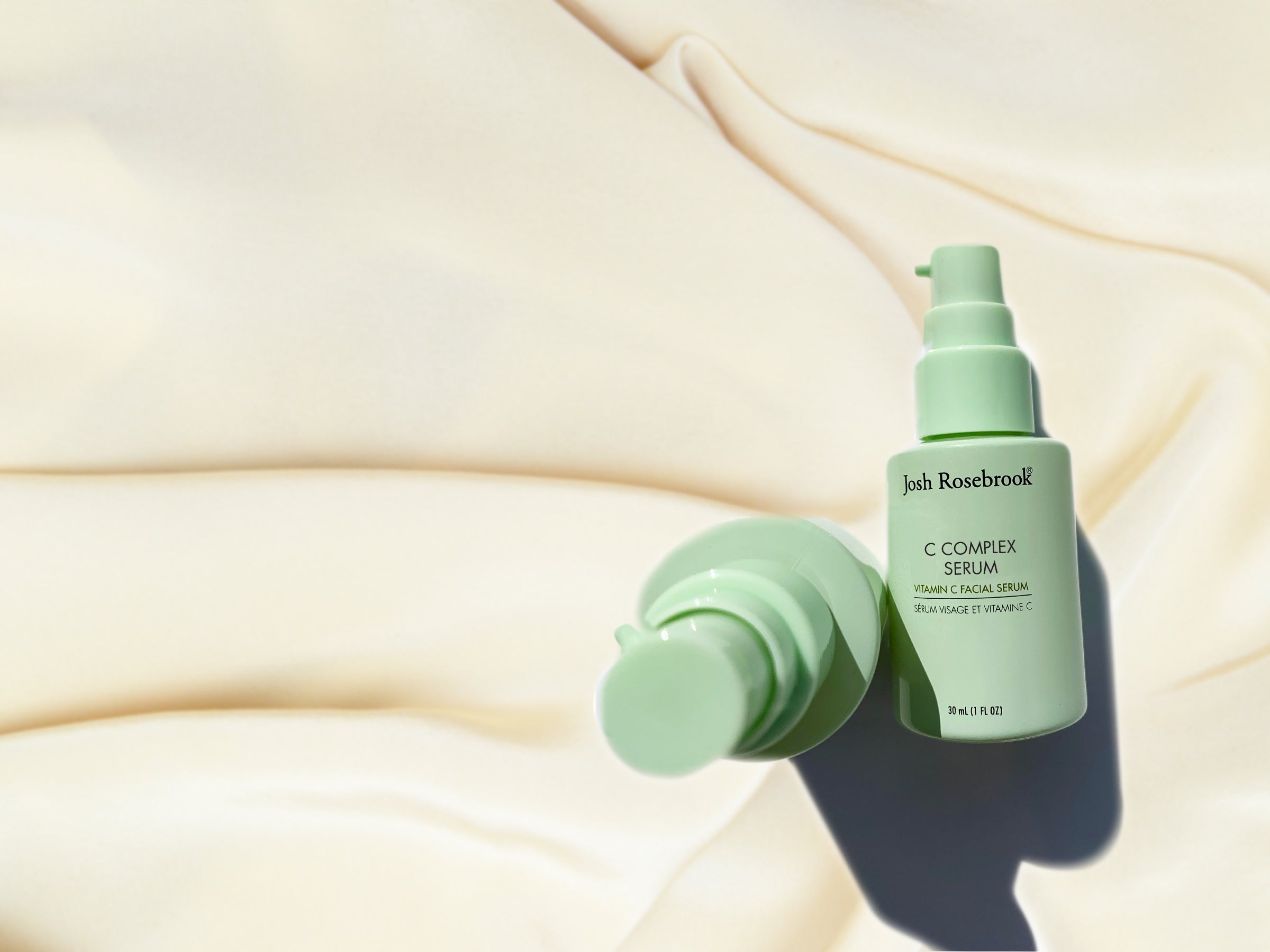



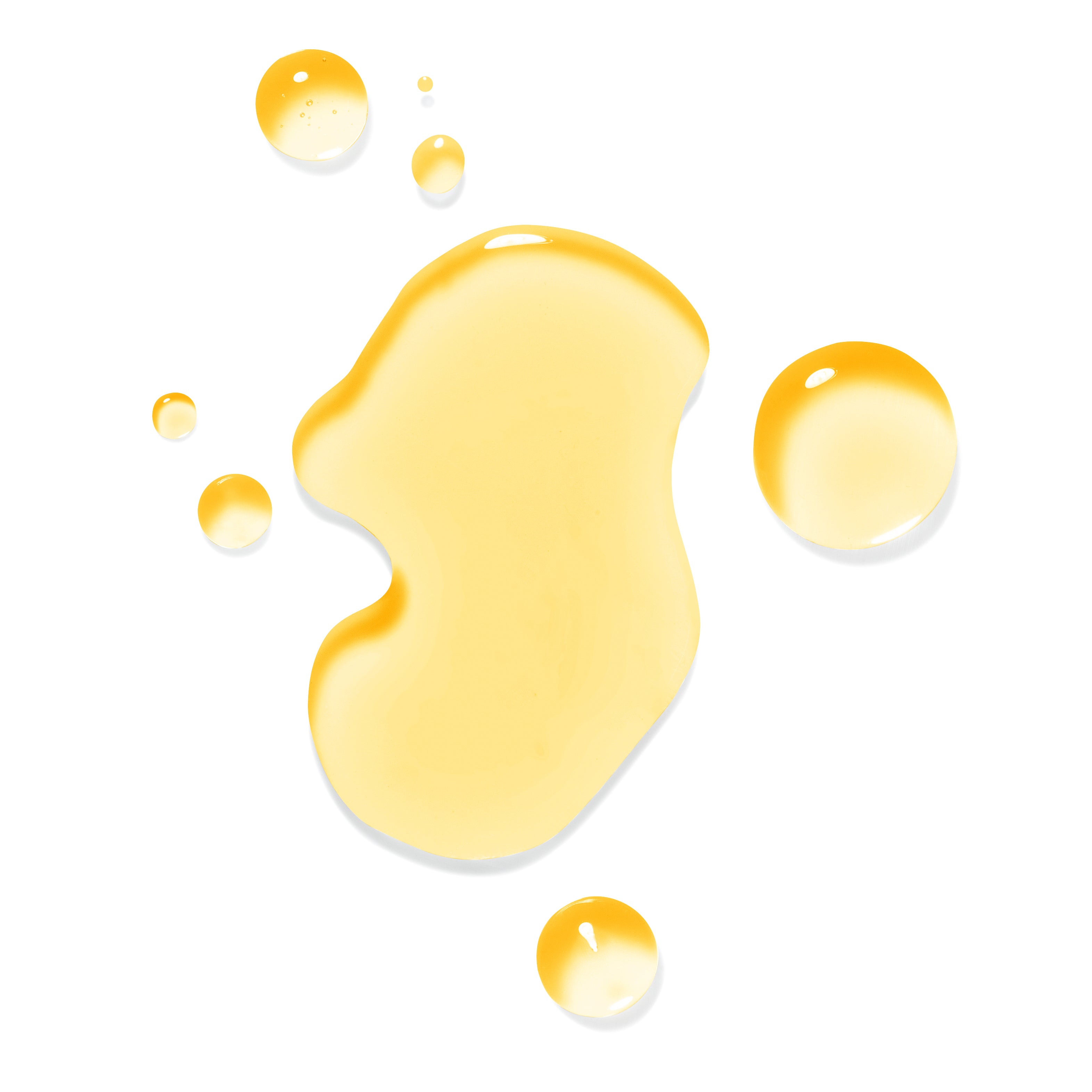
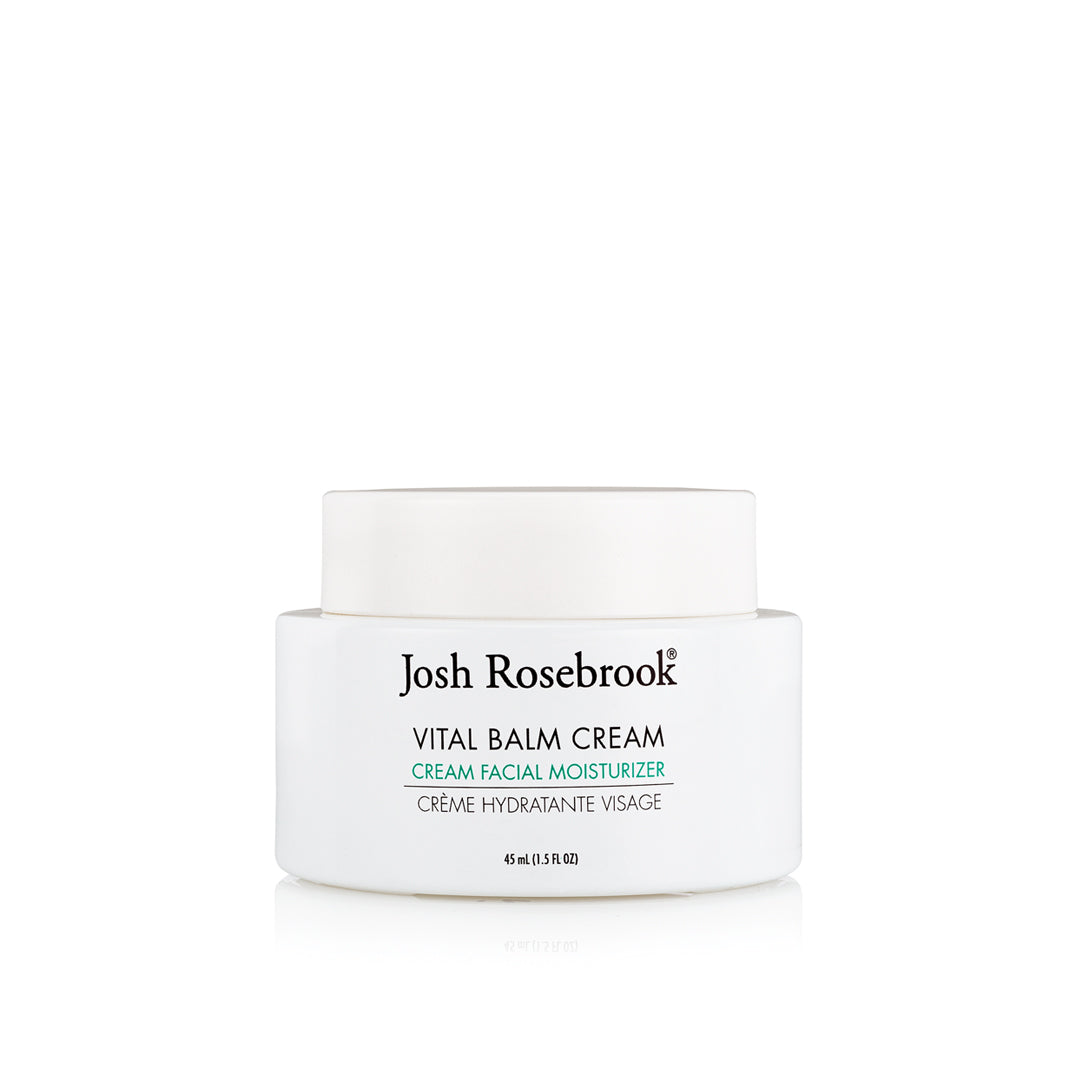
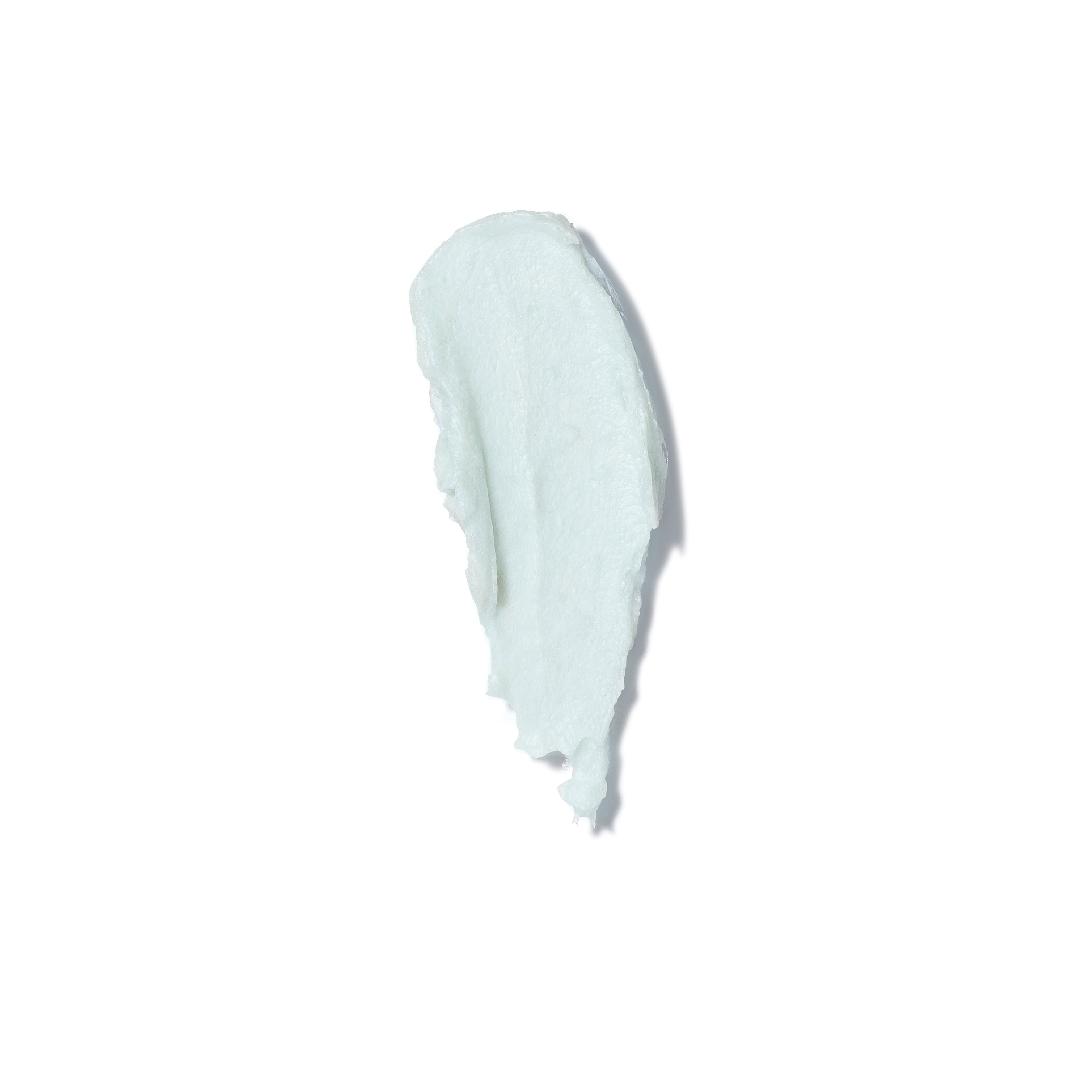

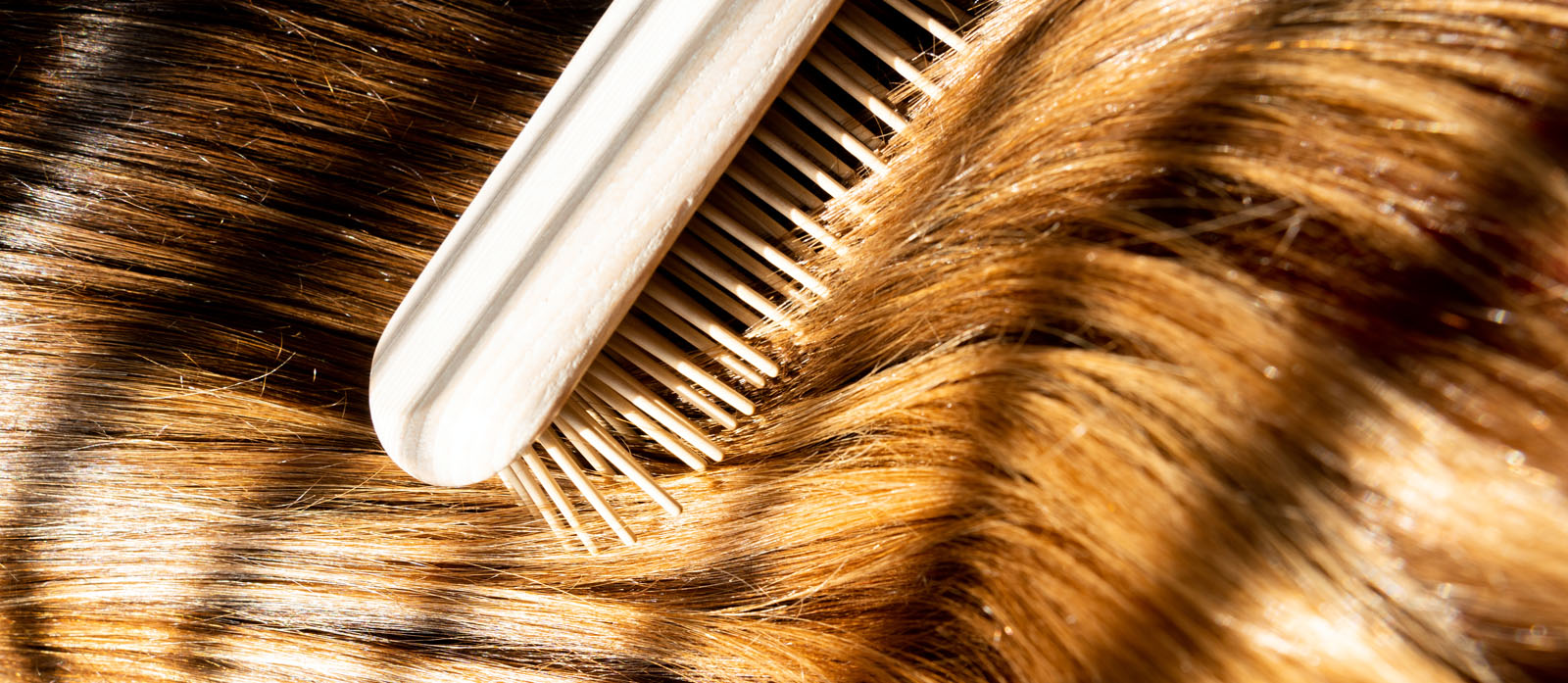
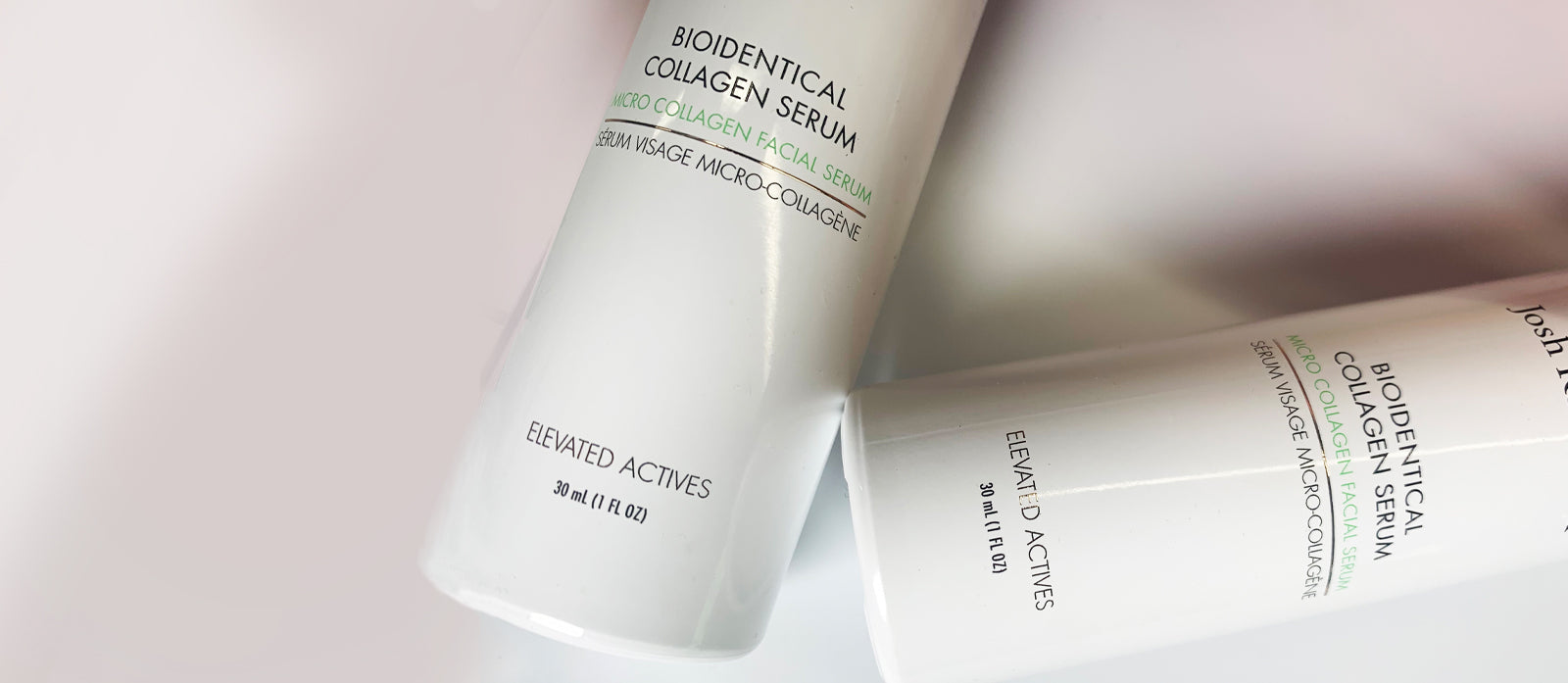
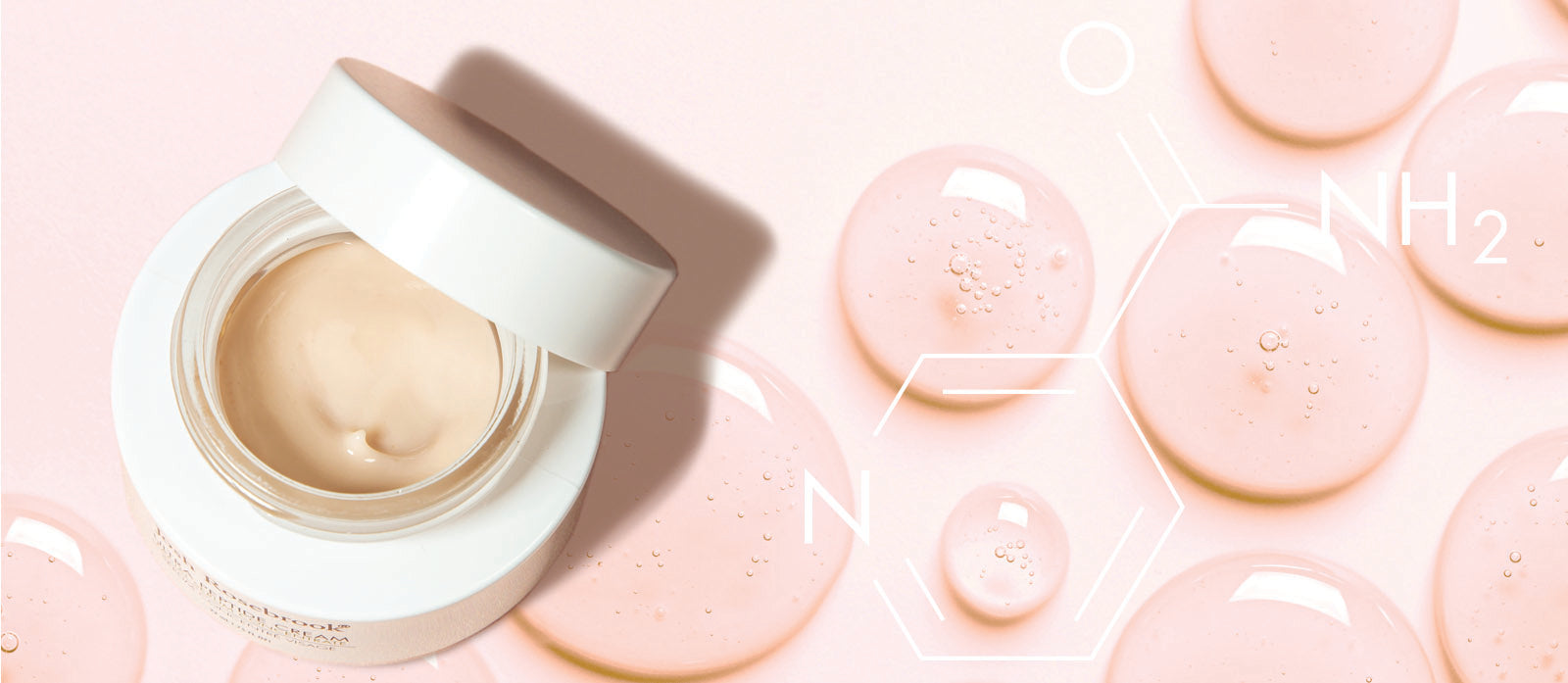
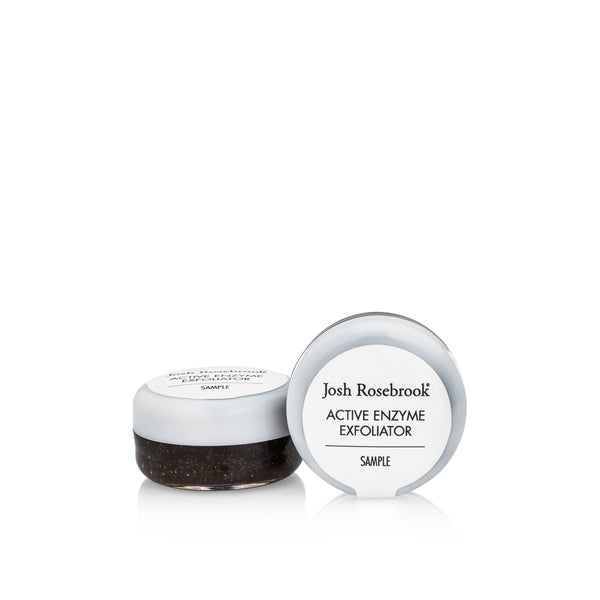
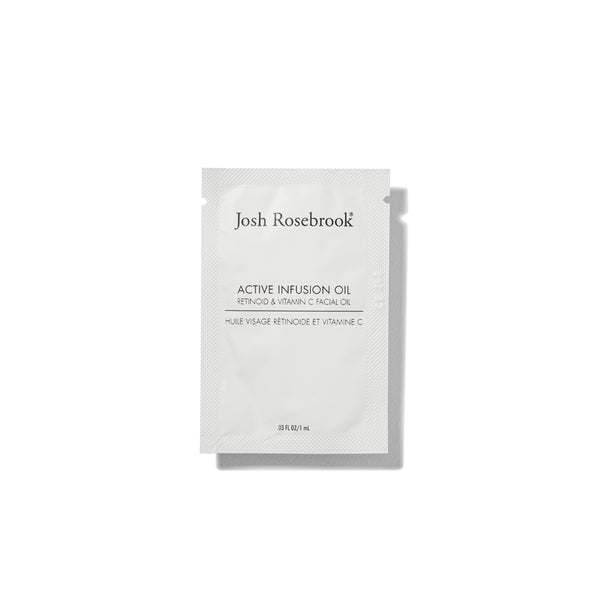
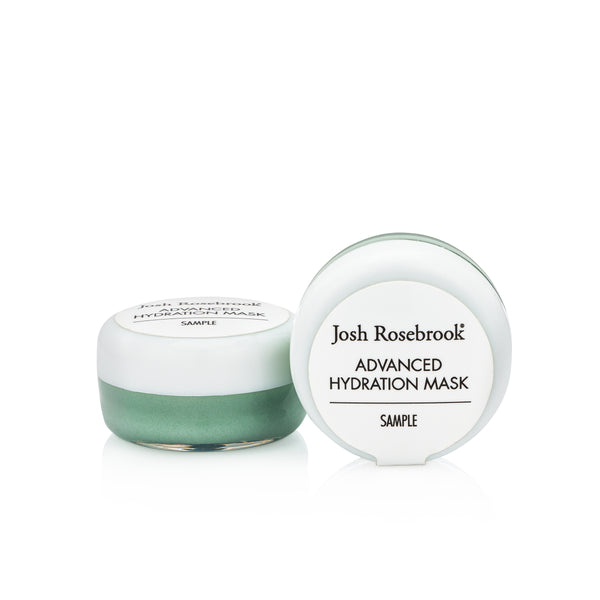
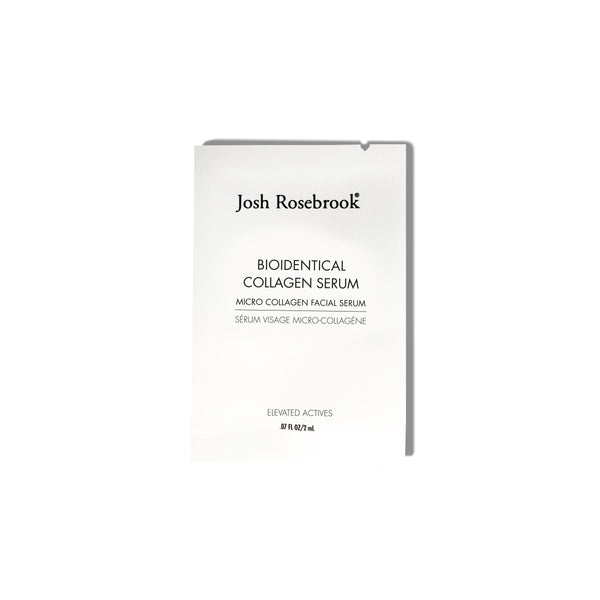

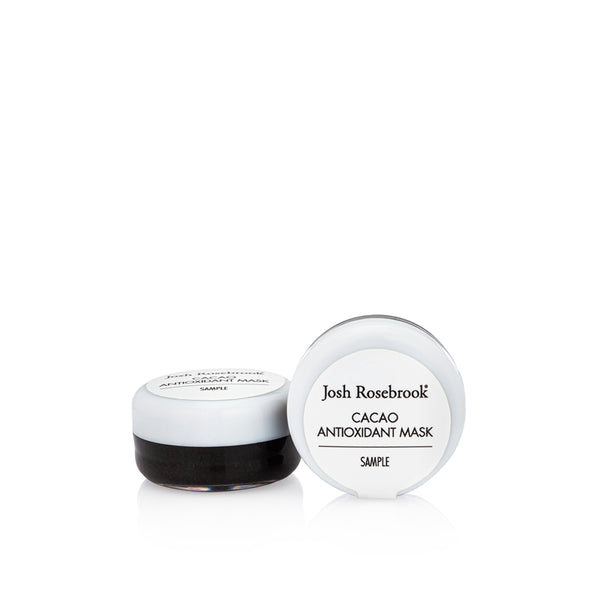
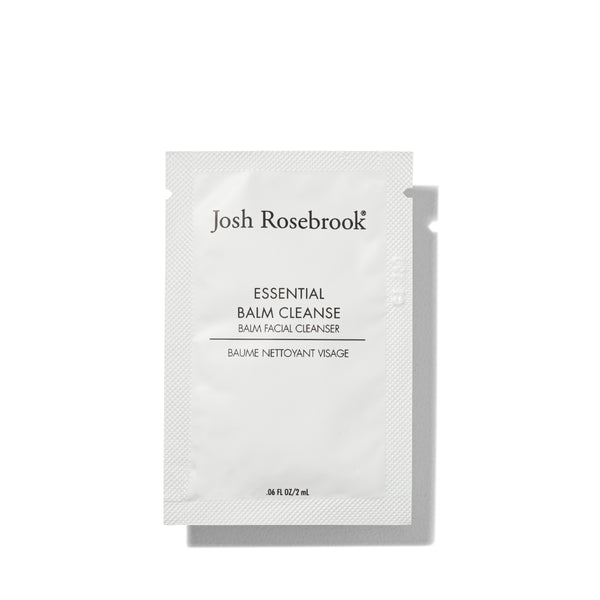

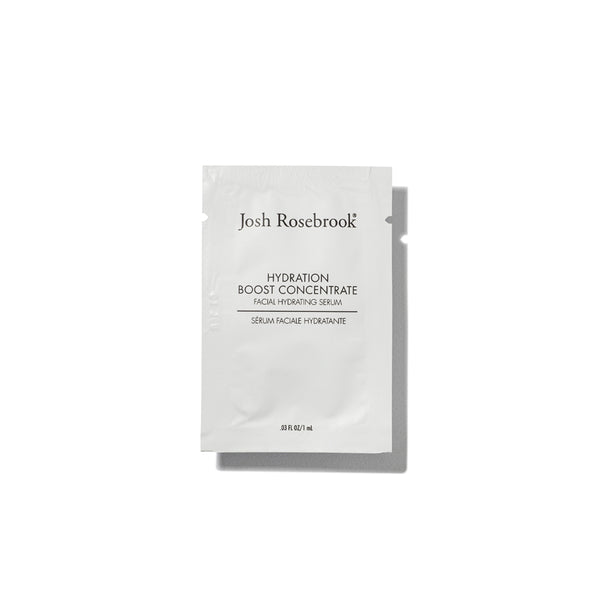
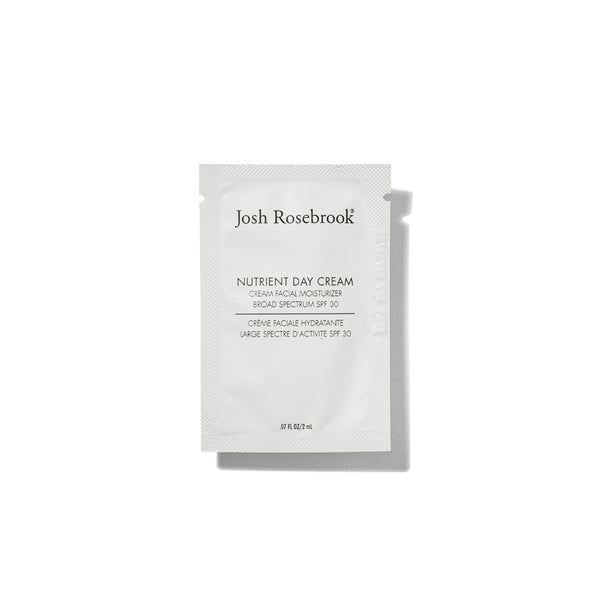


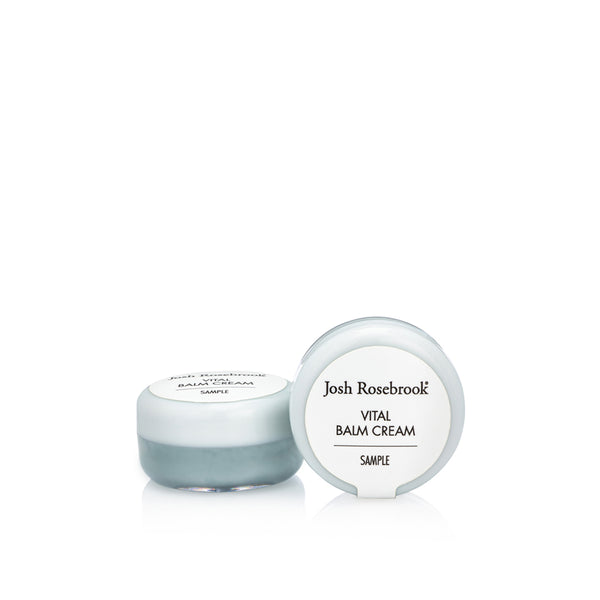
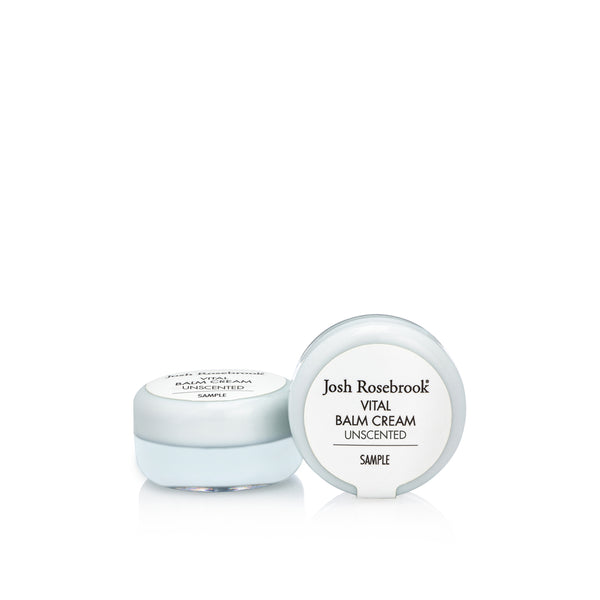
WRITTEN BY Josh Rosebrook